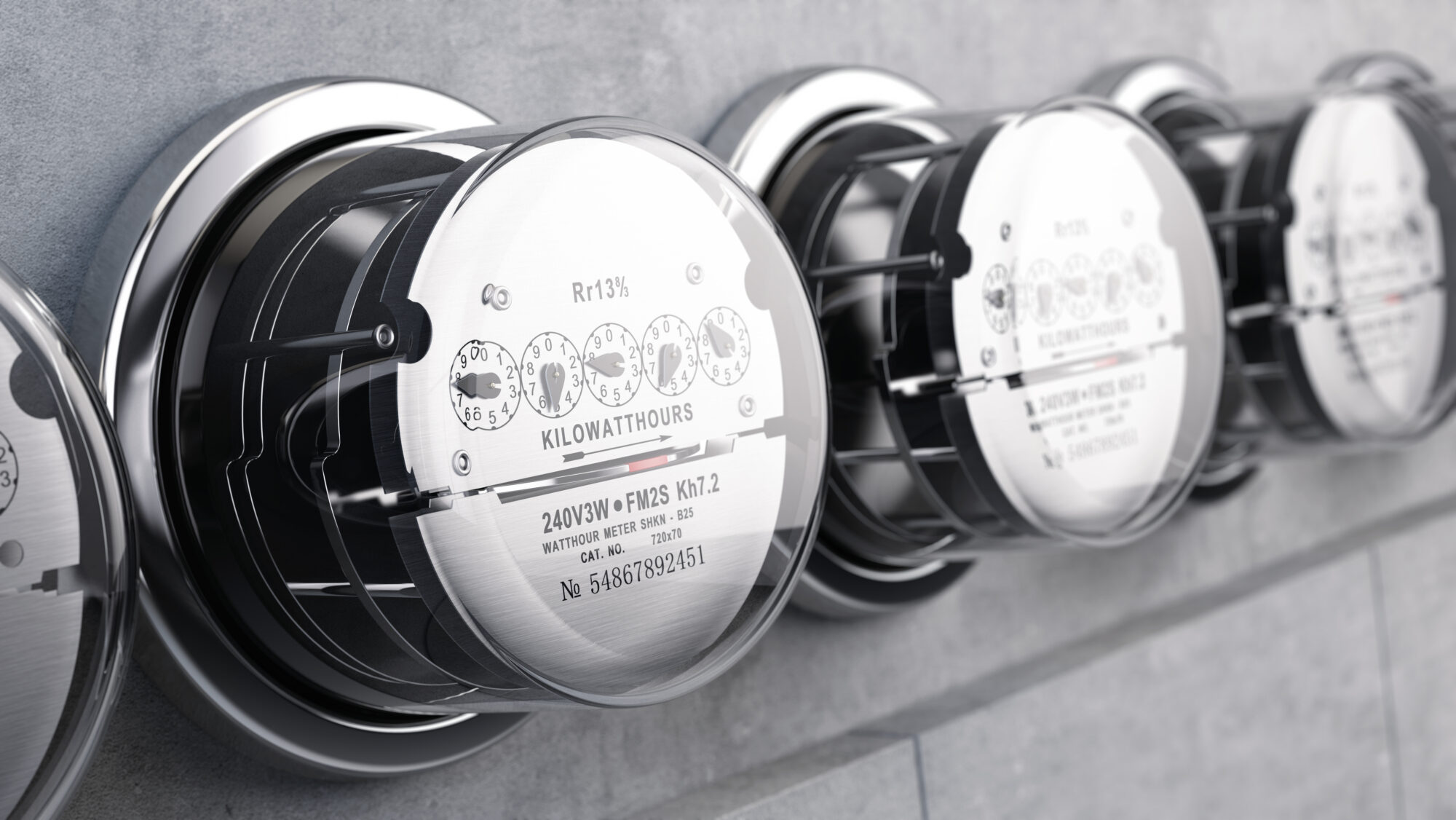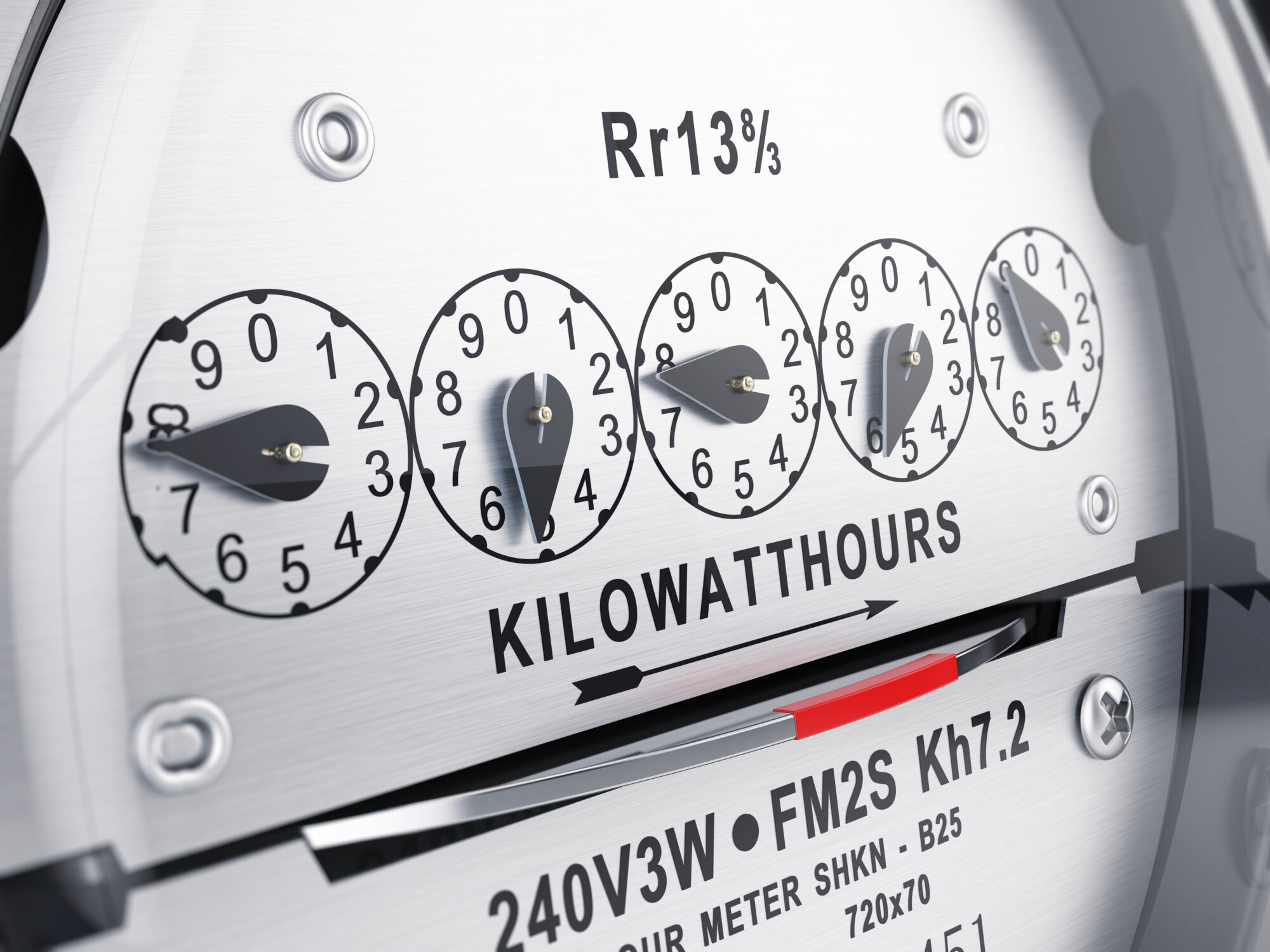When it comes to utility billing, most property teams focus on ensuring bills go out on time. But how often do you stop and ask: Are we billing accurately? Whether you’re overcharging tenants or undercharging them, mistakes in your submeter billing process can have ripple effects across your entire operation.
In a market where utility costs continue to rise, and tenants are demanding greater transparency, billing accuracy isn’t just good practice—it’s a necessity. Yet far too many commercial real estate (CRE) operators still rely on outdated processes like spreadsheets, emailed reads, and manual meter walks. The result? Risk. Lots of it.
Let’s break down the hidden dangers of both overbilling and underbilling, and explore how a modern submeter billing platform like Genea’s can eliminate these risks for good.
The Cost of Overbilling: More Than Just a Tenant Complaint
Overbilling isn’t intentional, but that doesn’t make it any less problematic. Inaccurate readings, outdated multipliers, or simply applying the wrong rates can lead tenants to pay more than they owe. And when they notice? The fallout can be significant:
- Tenant trust takes a hit. In a competitive leasing environment, credibility matters. A single billing error can lead to strained relationships or even lost renewals.
- Legal exposure. Overcharging tenants—even accidentally—can violate lease agreements or utility compliance regulations, opening the door to disputes or legal action.
- Reputation risk. Unhappy tenants talk. A billing mishap can quickly spread through online reviews or tenant communities.
- Operational drag. Refunds, escalations, and internal investigations can consume hours of valuable staff time.
Imagine this: A tenant notices their electric bill has inexplicably jumped 25% over the past two months. After weeks of back-and-forth, your team traces the issue to a misread meter. You refund the overage—but the damage is already done. The tenant’s perception of your integrity or professionalism is permanently changed.
Overbilling also impacts tenant satisfaction scores and net promoter scores (NPS), which many property managers rely on to gauge overall tenant experience. A single error, if unresolved or poorly communicated, can tank what would otherwise be a strong relationship. For tenants in regulated industries like healthcare or data centers, consistent billing accuracy is even more critical—they need precise, itemized charges for internal audits and compliance.
The Danger of Underbilling: The Silent Profit Killer
On the surface, underbilling may seem like a smaller issue. After all, tenants aren’t complaining, right? But this form of billing inaccuracy can quietly chip away at your bottom line over time.
- Revenue loss is an obvious consequence. Multiply one undercharged meter across 10 floors or multiple properties, and you’re leaving real money on the table.
- Budget planning becomes unreliable. If you’re not recovering your full utility costs, forecasting for capital improvements or sustainability investments becomes harder.
- Operational blind spots. Without clear, granular usage data, it’s easy to miss signs of inefficiency, leaks, or malfunctioning systems.
- Accounting headaches. Trying to retroactively reconcile missed charges creates friction across finance, operations, and tenant relations.
Consider this: A major tenant’s water usage goes uncorrected for six months due to a broken meter. By the time it’s discovered, the property has undercharged thousands of dollars—and has no legal mechanism to recoup the costs. Now what?
Inaccurate or incomplete meter data — which can lead to underbilling — can hinder energy benchmarking efforts and sustainability reporting. Without reliable data, properties may struggle to earn certifications like ENERGY STAR or LEED, which often require precise consumption information. This can affect property valuation and investor reporting downstream.
Why Manual Processes Are Still Holding You Back
Most billing errors stem not from bad intent, but from bad systems. Many property teams still:
- Enter meter reads manually in spreadsheets.
- Rely on emailed photos from engineers or clipboard walkthroughs.
- Manually calculate complex rate multipliers.
- Lack a consistent method to verify or audit reads.
The problem? These workflows don’t scale, and they’re ripe for human error. When your billing process depends on one person remembering to input a value correctly, or match a meter to a tenant, the margin for error is high.
Worse, these manual processes leave little room for transparency. If a tenant questions their bill, your team may scramble to dig through emails, photos, and PDFs to prove accuracy.
And while these workarounds might suffice in a single-property setup, they collapse under portfolio-scale pressure. As more buildings come online, and more tenants expect near real-time access to billing data, manual processes become an unsustainable liability.
What Accurate Submeter Billing Looks Like
Genea’s Submeter Billing was designed to eliminate these pain points and provide accuracy, auditability, and automation. Here’s what that looks like:
- Hybrid system support. Manual (non-networked) meter readings are captured through the mobile app using a QR code and timestamped photo, while networked meters record readings automatically every 15 minutes.
- Automated calculations. The system applies utility-specific rates, multipliers, and formulas — eliminating spreadsheet math and reducing errors.
- Timely invoicing. Provide tenants with professional invoices that are accurate and on-time, with usage breakdowns by meter, utility, and time period.
- Centralized access. Access to real-time data from a single platform, complete with meter details, historical trends, and exportable reports.
- Audit trails. Every meter read has a clear origin, making disputes easier to resolve and tenant trust easier to build.
The platform’s integration capabilities also allow seamless syncing with property management software and accounting systems, reducing duplication of effort and further streamlining operations. Built-in exception reporting flags anomalous usage trends so that teams can investigate issues before they affect tenant relationships or budgets.
A Win-Win-Win Outcome
When you eliminate over- and underbilling risk, everyone wins:
- Property teams get time back, fewer escalations, and stronger tenant relationships.
- Tenants receive transparent, accurate, and on-time billing that builds trust and raises their satisfaction.
- Owners and investors see improved cost recovery, more predictable budgeting, and fewer compliance risks.
Billing isn’t just about cost recovery. It’s about experience, efficiency, and long-term asset value. Accurate submeter billing ensures you’re not just collecting what you’re owed—you’re protecting the reputation and performance of your entire portfolio.
In a world where ESG goals are gaining importance and utility prices are only going up, accurate billing is a foundational element of both financial and environmental strategy. It’s not just a software upgrade—it’s a shift in how modern properties operate.
Ready to Take Control of Your Billing Process?
If you’re still relying on manual workflows or disjointed systems, now is the time to modernize. Genea’s submeter billing platform was built for teams like yours who are ready to simplify operations and deliver a better experience for everyone involved. We have customers that have reported over a 90% reduction in billing disputes after leveraging Genea’s submeter billing solution.
Let’s put an end to billing guesswork. Book your demo today.






